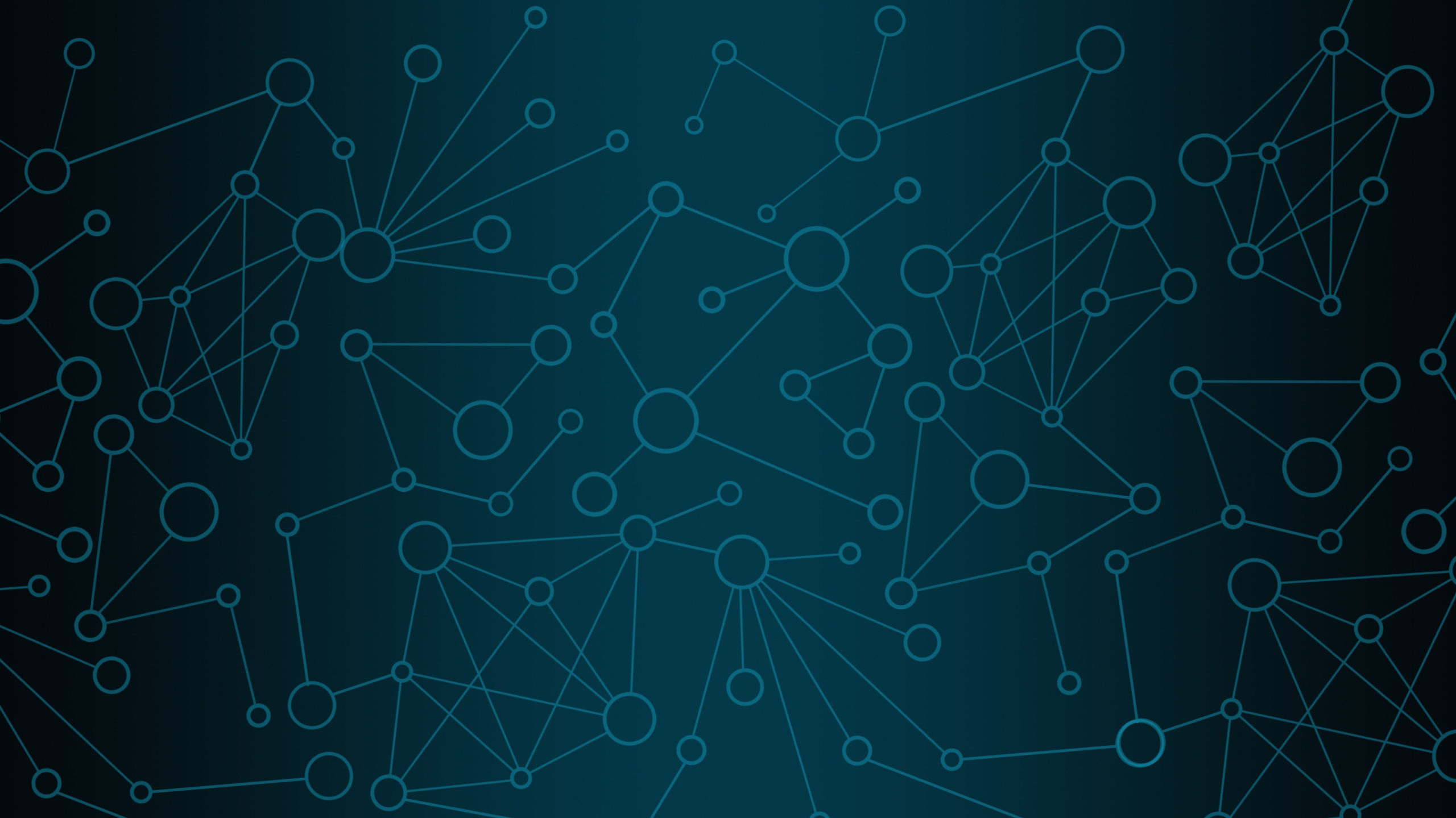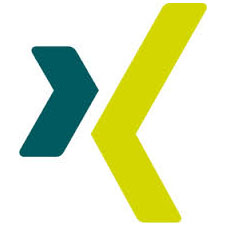DEVELOPING CUSTOMER ORIENTATION IN THREE STEPS
The “Keys for the Future” program provides you with a structured approach that has been tried and tested over many years. It aims at creating awareness in your company for the quality of service provision from the perspective of your internal and external customers.
The concept entails a change in perspective by developing the attitude that everyone is both customer and supplier at the same time – also when working with colleagues. All participants are enabled to identify gaps in quality and performance and to close these gaps with measurable success.
The “Keys for the Future” consists of three modules that are introduced successively and applied in virtual or analog workshops.
CUSTOMER ORIENTATION MEANS TAKING CUSTOMER EXPECTATIONS SERIOUSLY
Each tool of the “Keys for the Future” program is accompanied by explanatory videos that vividly illustrate the procedure to strengthen customer and service orientation in your company. Below you will find an example of the introductory video for the tool “Take customer expectations seriously”:
STRENGTHEN SERVICE AND CUSTOMER ORIENTATION
Anchor customer orientation in your company with the “Keys for the Future” program.

With the completion of the three modules, the awareness of internal and external customer expectations among your employees will be sharpened. In this way, you create the conditions for optimally functioning internal and external customer-supplier relationships.

The concept interlocks theory and practice by applying concrete services from your day-to-day business. While learning the methodology, you identify and close actual quality and performance gaps and increase the satisfaction of your internal and external customers.

The program enables all involved parties to recognize and to measurably close quality and performance gaps. You increase the identification of your employees with their respective functions as well as the company and, in this way, enhance the service orientation in the team.

The choice is yours: Keys for the Future can be applied for the service portfolio of individual employees, teams, divisions, or the entire company. The program is easily scalable and can also be fully coordinated via digital channels.

Are your managers working at full capacity? Multipliers learn the method of “Keys for the Future” to actively support the managers. In this way, the know-how is anchored in your company and the application of the method is secured in the medium and long term.

The interdisciplinary character of the program strengthens the cross-departmental networking in your company and breaks up historically grown silos. Our experience shows that reflecting on one’s own role as a supplier or customer increases the potential for an interdisciplinary use of existing system intelligence.
Elements of the three tools for strengthening customer and service orientation
- Who are our internal and external customers?
- What reference points or interfaces exist to internal and external customers?
- How do we open up to our customers and their expectations?
- How do we create the conditions to improve long-term customer-supplier relationships?
OPEN UP TO MEET CUSTOMER EXPECTATIONS!
- Describe the primary task: What is the reason for existence of the considered function (e.g. team, department)?
- Understand value chains: Who are the internal and external customers and suppliers of the respective department?
- Determine services: Which provided services meet the requirements and needs of internal and external customers?
- Describe customer expectations: What do internal and external customers expect from the respective services?
- Identify gaps in performance: To what extent are internal and external expectations of clients are met in relation to the respective service?
- Prioritize the processing of performance gaps: Which of the identified performance gaps should be addressed first?
- Define customer requirements: Which measurable requirements can be derived from the respective customer expectations?
EXAMINE THE TASKS OF THE CONSIDERED FUNCTION FROM THE CUSTOMER’S PERSPECTIVE AND IDENTIFY PERFORMANCE GAPS
- Determine causes: Collect causes, compile data and determine the most important causes
- Look for solutions: Develop solution ideas and classify them according to their feasibility
- Implement solutions: Rollout of the selected solutions
- Measure success: Measure success using the evaluation criteria identified in step 1
SHARPEN QUALITY AWARENESS AND CLOSE PERFORMANCE GAPS WITH MEASURABLE SUCCESS
FEEDBACK FROM PARTICIPANTS OF THE PROGRAM
Below you will find meaningful feedback from the participants of the program. In this selected project, the “Keys for the Future” program was implemented across divisions and companies to analyze customer-supplier relationships and review service portfolios at team level. It involved a total of 117 teams which, with the support of two multipliers, were able to implement the program largely independently and thus strengthen the customer and service orientation in the organization.
DOWNLOAD A DIGITAL PRESENTATION OF THE PROGRAM

DOWNLOAD THE PRESENTATION OF THE PROGRAM
You receive further information about the program and its areas of application and can use the presentation in the internal voting to apply the program.
DEVELOPMENT OF A CUSTOMER-ORIENTED CORPORATE CULTURE
Nowadays, the objective of customer orientation can be found in almost every strategic vision of organizations. Rarely, however, can it be observed that customer orientation is culturally anchored in organizational procedures and processes – and thus effectively supports successful operation in the market.
We speak of a customer-oriented corporate culture when not only the marketing or sales department is entrusted with the task of “customer orientation”, but the entire company is focused on the customer. This specific form of customer orientation then also influences the workflows and processes in business areas where there is no direct customer contact, such as product development, production, human resources, or purchasing. In a customer-oriented organizational culture, the entire process of service provision is geared towards the expectations and needs of the customer.
In particular, the “Keys for the Future” program is a pragmatic and effective way of raising awareness for the needs and expectations of external and internal customers. Our further consulting services in the areas of organization and corporate culture promote the development of an agile and customer-oriented organizational culture:
Further Information
If you would like to use “Keys for the Future” in your organization or would like to learn more about us and our consulting approach, we would be pleased to talk to you personally! Simply make an appointment with us.

Online
Make a non-binding inquiry and let us know your expectations in this way
 Frédéric SedlákSenior Consultant | HR Management
Frédéric SedlákSenior Consultant | HR ManagementWe are always at your service+49 4102 69 93 22
Ask for free informationf.sedlak@spconsulting.de









